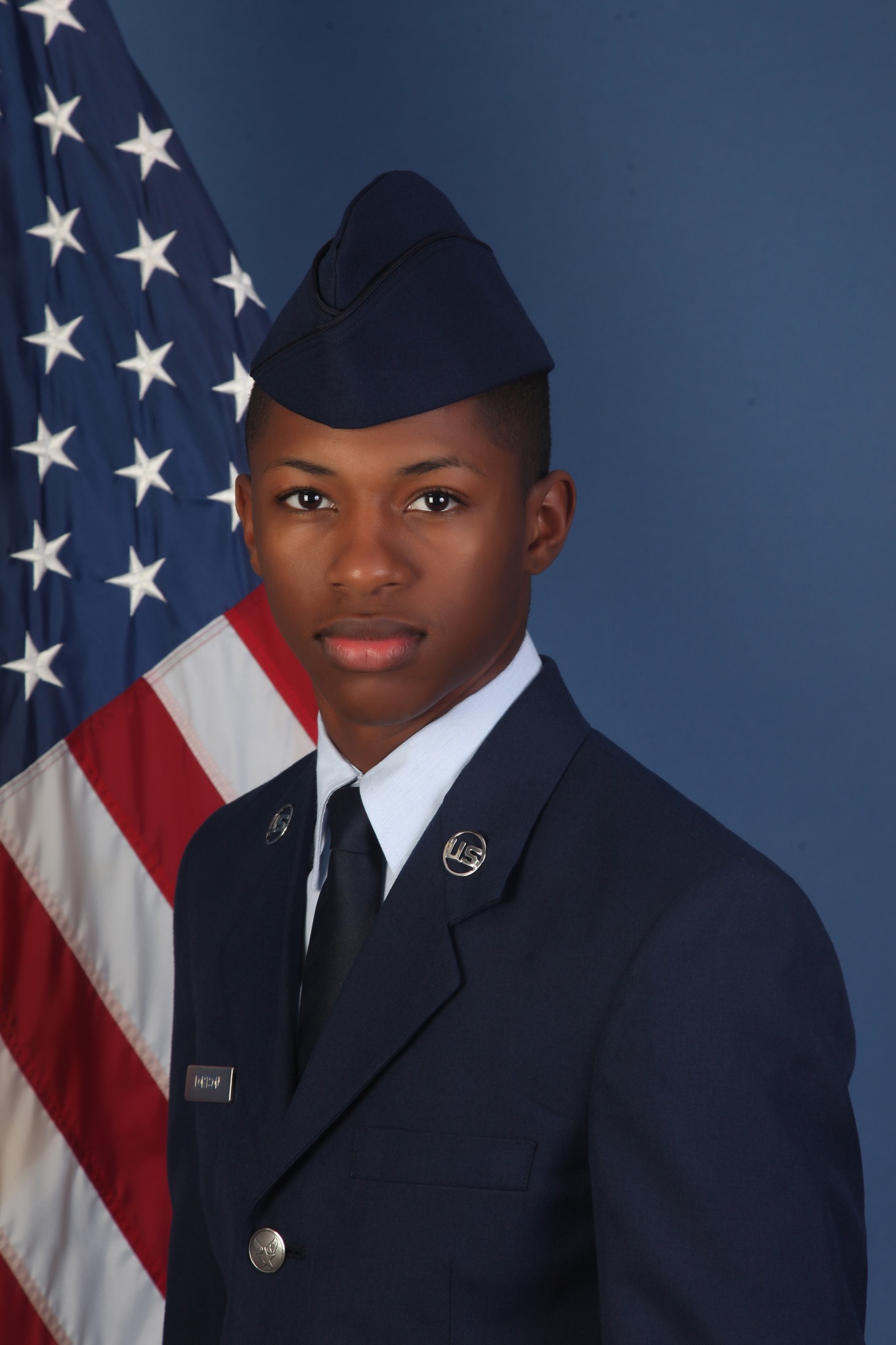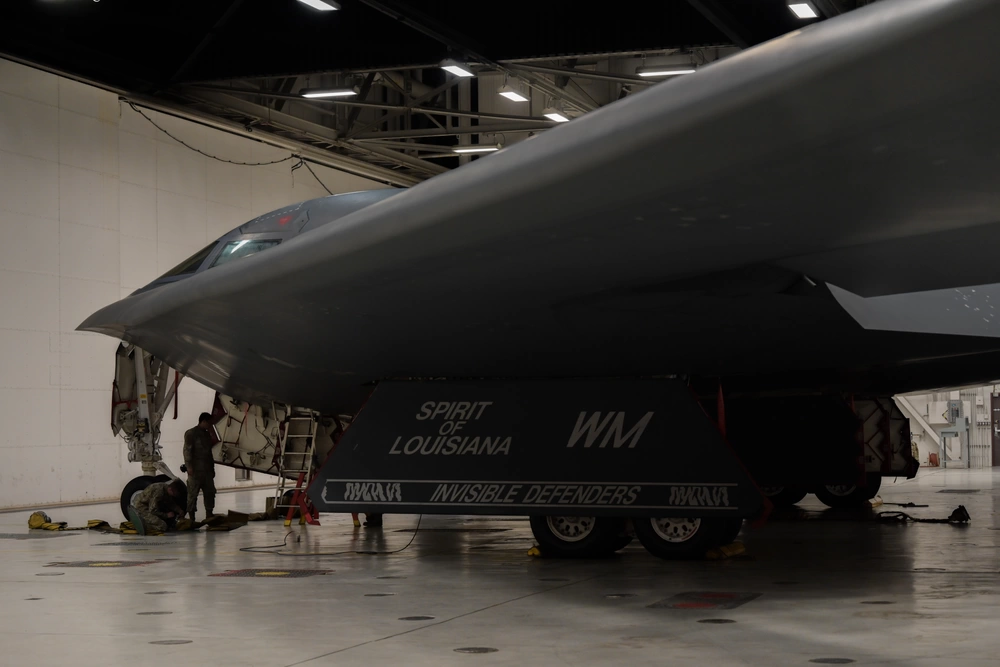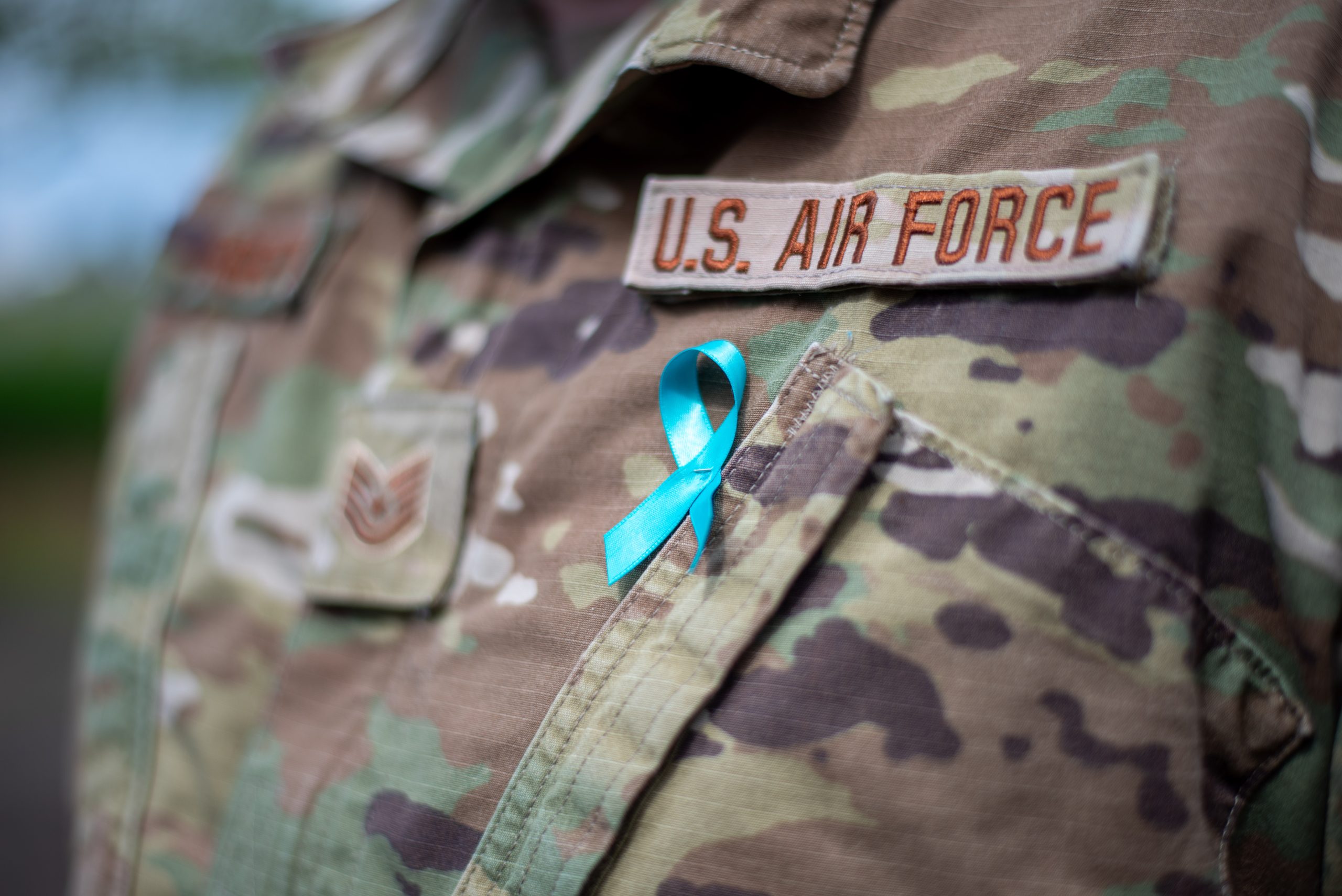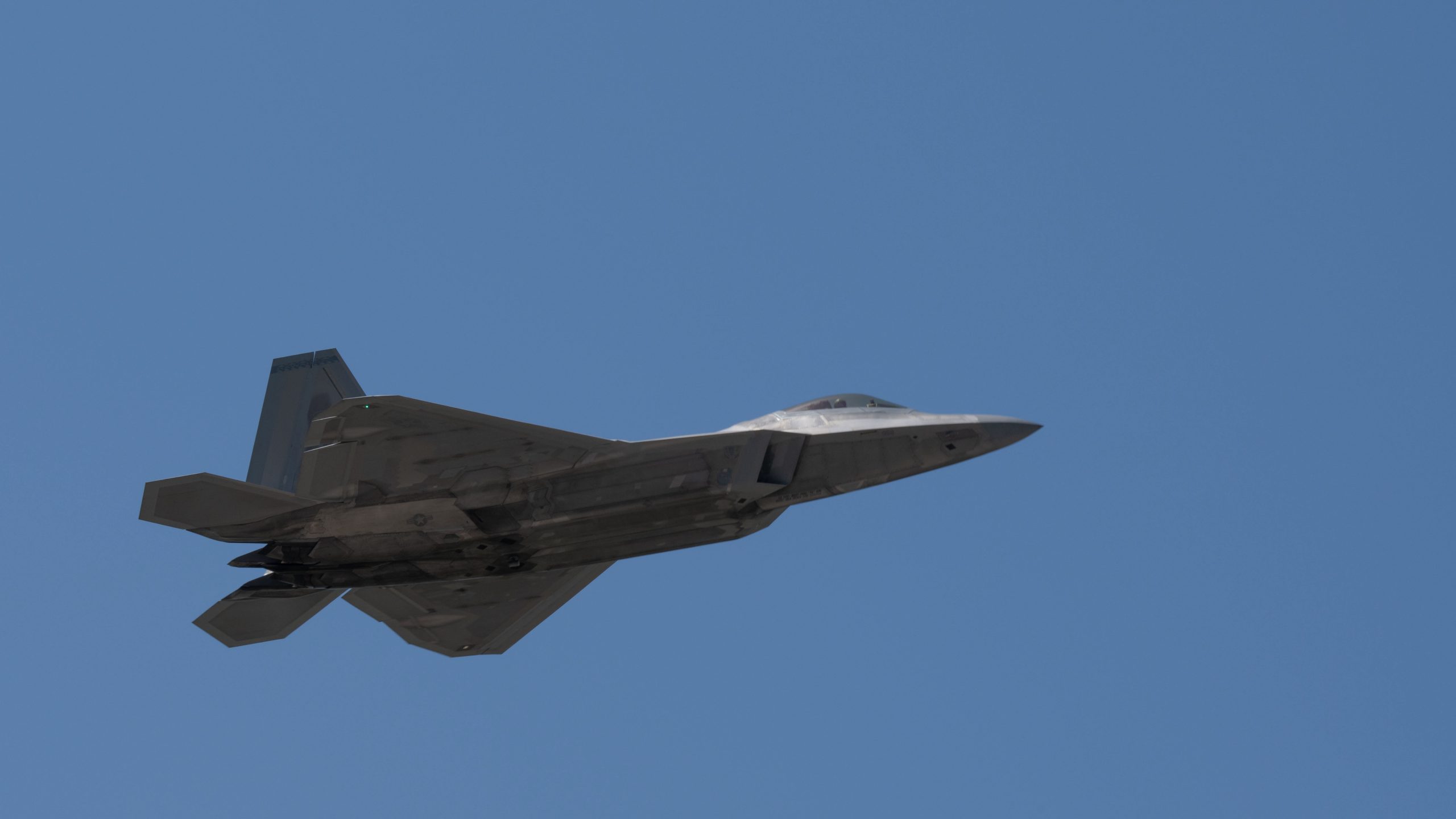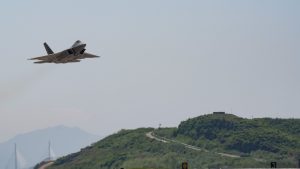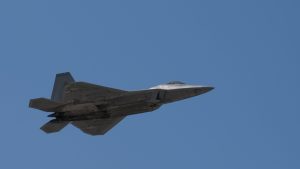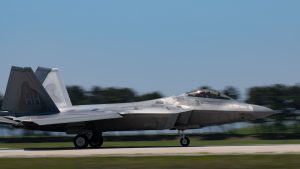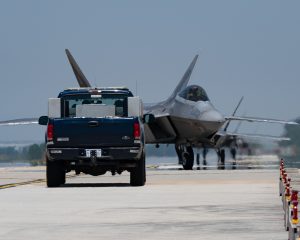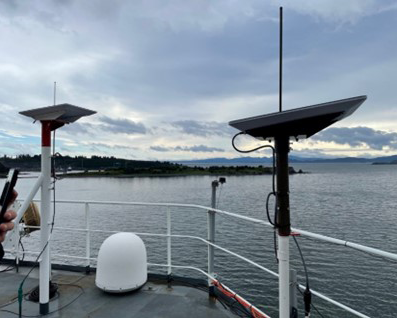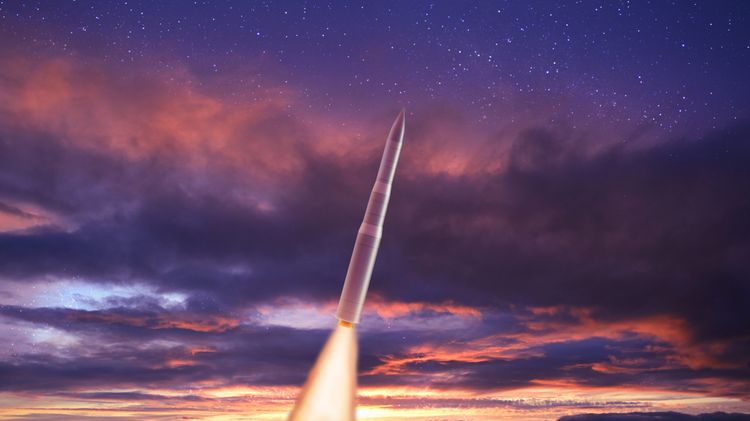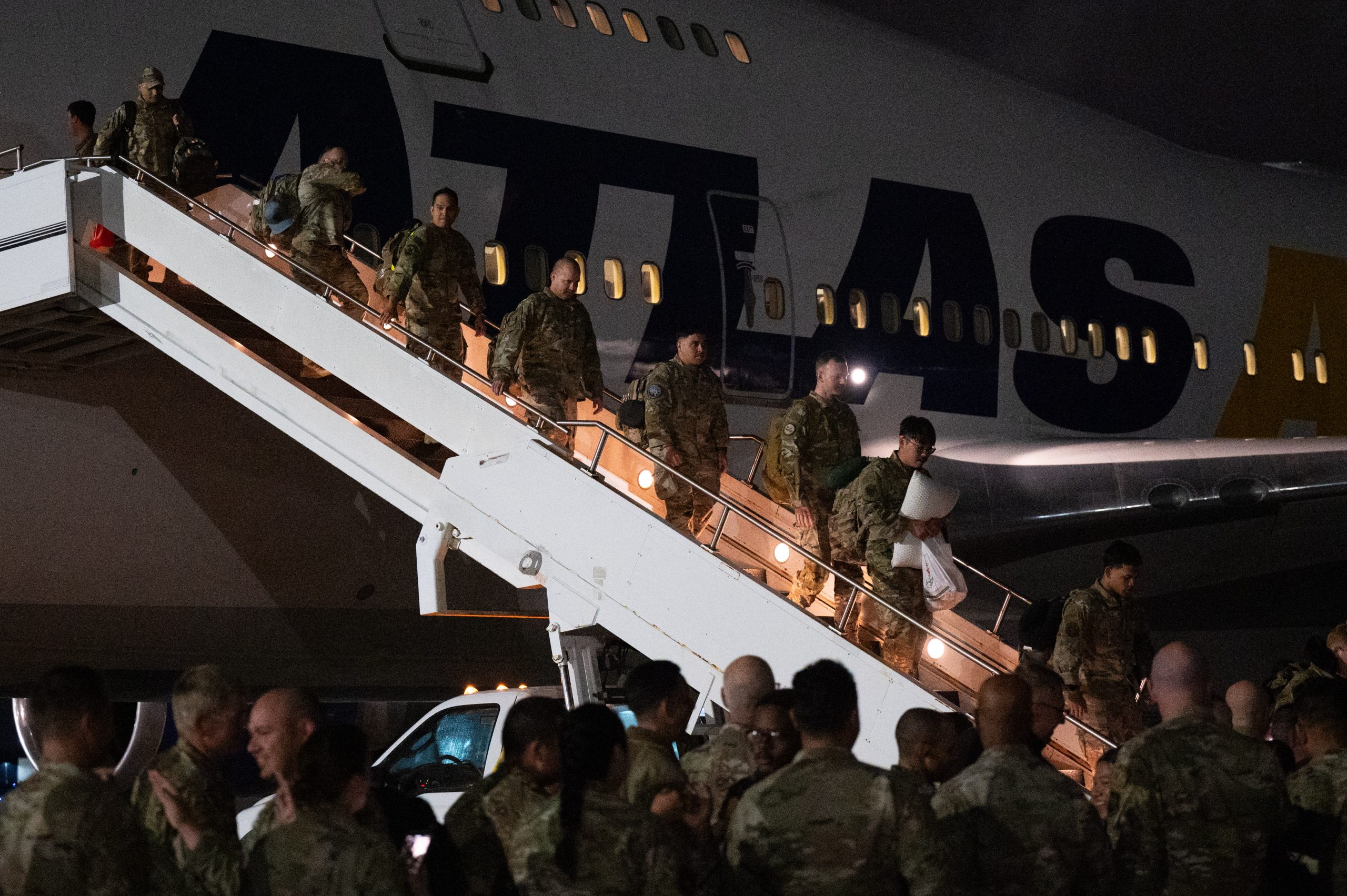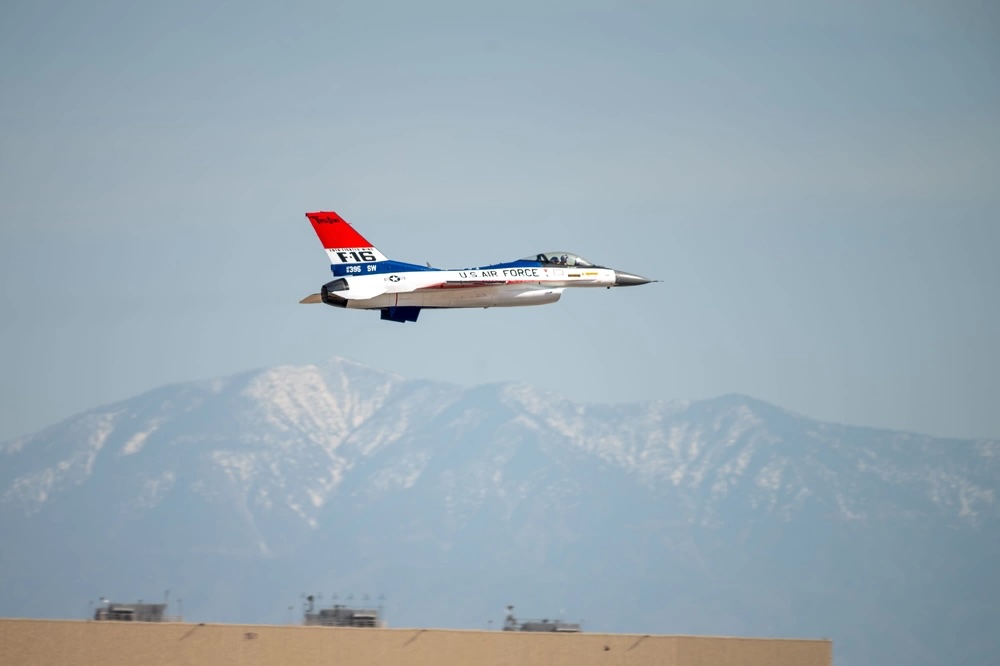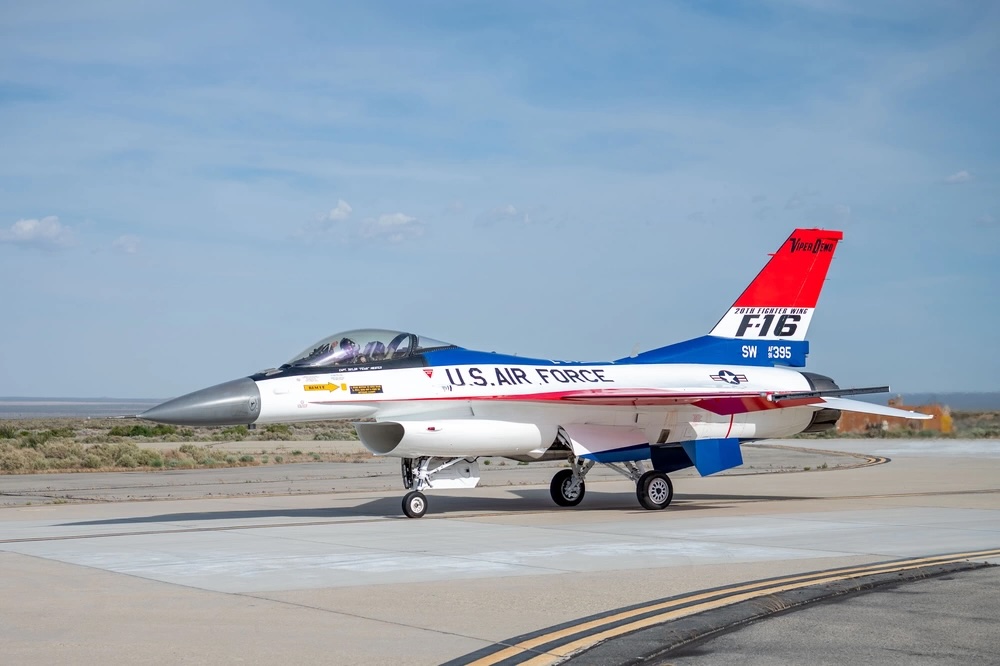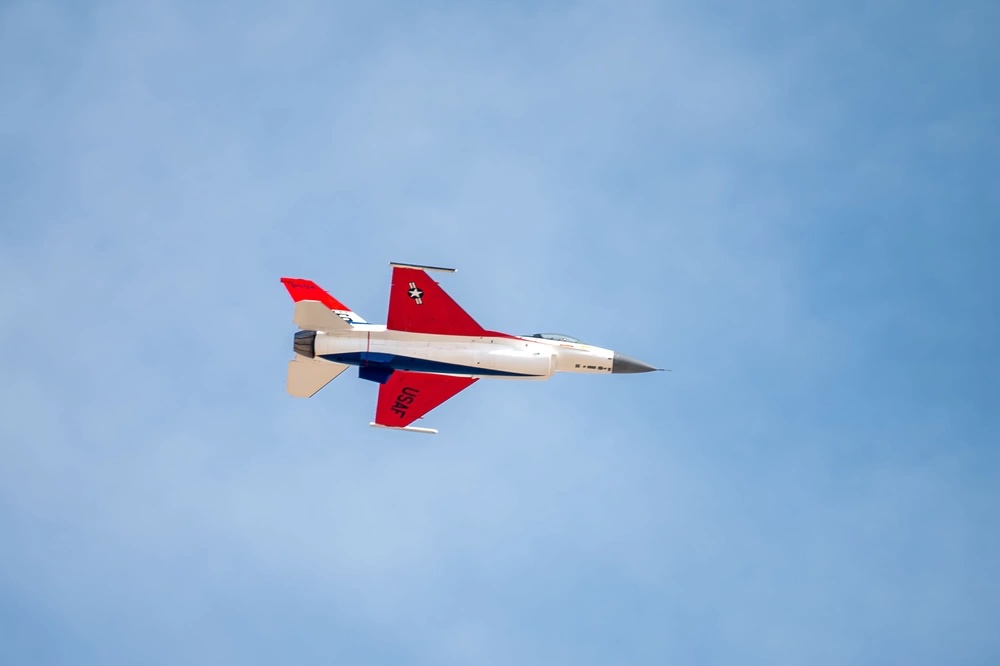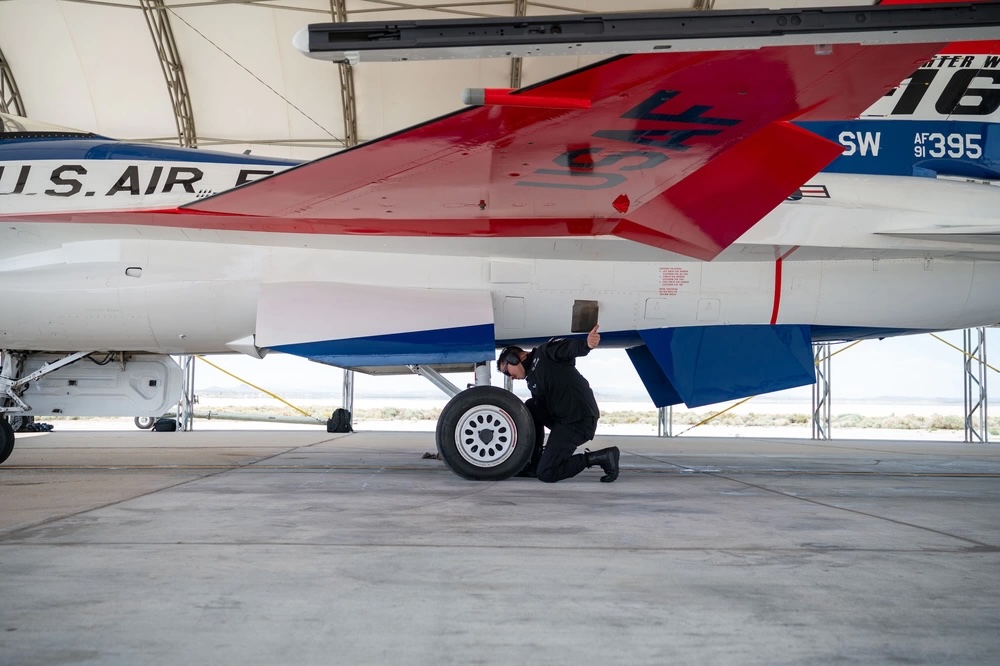In a grassroots effort, Airmen around the world are coming together to remember Senior Airman Roger Fortson, 23, who was killed by a sheriff’s deputy in Florida on May 3.
While responding to a disturbance call at an apartment complex at Fort Walton Beach, Fla., a deputy for the Okaloosa County Sheriff’s Office shot Fortson six times after the Airman opened his apartment door while holding his legally-owned handgun at his side, pointing downwards.
The death of Fortson, who was Black, has sparked grief and outrage among many Air Force members and led to discussions about race, policing, and gun rights.
On the social media platform Discord, Airmen from more than a dozen locations as distant as Osan Air Base, South Korea; Travis Air Force Base, Calif.; and Ramstein Air Base, Germany shared advice for talking with base leadership, setting up memorial events, and raising money for Fortson’s family.
“It is so important that we express this is for a fellow wingman,” wrote one Discord user. “Choose your words very wisely when speaking to leadership so they support us supporting our wingman.”
Though many of the events are scheduled for the week of May 20, some are timed in coordination with Fortson’s memorial service, which will be livestreamed from Stonecrest, Ga. on May 17. Fortson’s home base, Hurlburt Field, Fla., will stream the service in its chapel, while Davis-Monthan Air Force Base, Ariz., is holding a moment of silence at 8 a.m. Pacific Time to coincide with the start of the service, a base spokesperson said.
Al Udeid Air Base, Qatar, is also hosting an observance honoring Fortson, according to a flier posted to the popular Facebook page Air Force amn/nco/snco, another social media platform where Airmen are discussing and processing Fortson’s death, along with the unofficial Air Force subreddit.
The unofficial Air Force web panel series Crucial Convo will host a Zoom call on May 20 “to listen, lift, love, and heal” in Fortson’s memory. Meanwhile, the head of Air Force Special Operations Command pledged to hold a town hall for his troops to discuss the incident. The event is open to Airmen assigned to Hurlburt, an AFSOC spokesperson told Air & Space Forces Magazine.
“[O]ur Air Commandos need an opportunity to be updated on this tragic loss, share their perspective, and be heard,” Lt. Gen. Tony D. Bauernfeind said in a May 15 Facebook post. “We will host a town hall in the coming days to allow for just that.”
The post came after Bauernfeind met with leaders from Hurlburt Field, local pastors and community groups, the NAACP, and the Okaloosa County Sheriff’s Office. Bauernfeind said the meeting included an “explanation of the investigation process” being conducted by the Florida Department of Law Enforcement.
Footage from the deputy’s body camera released by the sheriff’s office shows the deputy at first knocking on the door and identifying himself while standing to the side. He then knocked again, and when Fortson opened the door, the deputy told Fortson to step back before shooting him six times. At a May 16 press conference, a lawyer for Fortson’s family, Ben Crump, said the deputy had been called to the wrong apartment.
By all accounts, Fortson was a solid Airman. A special missions aviator with the 73rd and 4th Special Operations Squadrons that fly AC-130 gunships, Fortson’s decorations included an Air Force Achievement Medal and Air Medal with a ‘C’ device, which indicates service or achievement under combat conditions, according to the 1st Special Operations Wing. He entered the Air Force in 2019 and deployed to Southwest Asia in mid-2023.
“He was one of one. Everything you wanted in a wingman, friend, and brother,” a fellow Airman, Aaron Rozier, told NBC News. The aviator was “someone who would see you at your lowest and wouldn’t judge you for it,” he added. “But you knew he would crack a joke about it that would make you laugh.”
Chief Master Sergeant of the Air Force David A. Flosi wrote on Facebook on May 10 that Fortson’s “untimely and tragic death is weighing heavily on me. We’ve lost a teammate, and it hurts.” Air Force Secretary Frank Kendall and Chief of Staff Gen. David W. Allvin have not yet weighed in publicly.
Others have been more vocal, including Chief Master Sgt. Ronnie J. Woods, top enlisted leader for the 8th Air Force and senior enlisted leader for the Joint-Global Strike Operations Center.
“SrA Fortson is no different than SrA Woods back in 2001. A young man serving his country and trying to make his family proud,” Woods wrote in a Facebook post addressed to Fortson’s mother, Chantemekki Fortson.
Fortson’s death is a reminder for many Airmen that even military members can be killed in encounters with police, former CMSAF Kaleth O. Wright told the Associated Press.
“I doubt if that police officer knew or cared that Roger was an Airman,” Wright said. “What he saw was a young, Black male … That could have easily been one of my sons.”
In 2020, Wright, who is also Black, made headlines for speaking frankly about his own struggles with racism after the death of George Floyd. Wright’s comments came shortly after the Air Force was criticized for attempting to bury reports of racial disparities in its justice system. Combined, the two events contributed to a series of studies on racial and gender disparities in the service and a renewed discussion on how to talk about race, starting with Wright and then-Chief of Staff Gen. David Goldfein.
“Most of the systems in our Air Force have been designed by people like me, for people like me,” Goldfein said at the time. “So therefore, I’ve got blinders on that are going to keep me from seeing what others with a different life experience and background are going to see.”
Now, four years later, Wright was skeptical about the chances of long-lasting change from Fortson’s death, but he encouraged commanders to listen to the experiences of their Airmen. Several Air Force leaders called for similar discussions.
“I am thankful for all who took part in the difficult conversations on Monday,” Col. Patrick Dierig, commander of the 1st Special Operations Wing, wrote in a May 16 Facebook post. “Those conversations must continue and be part of our healing process. We are stronger united and we are united when we are heard but also when we listen.”
